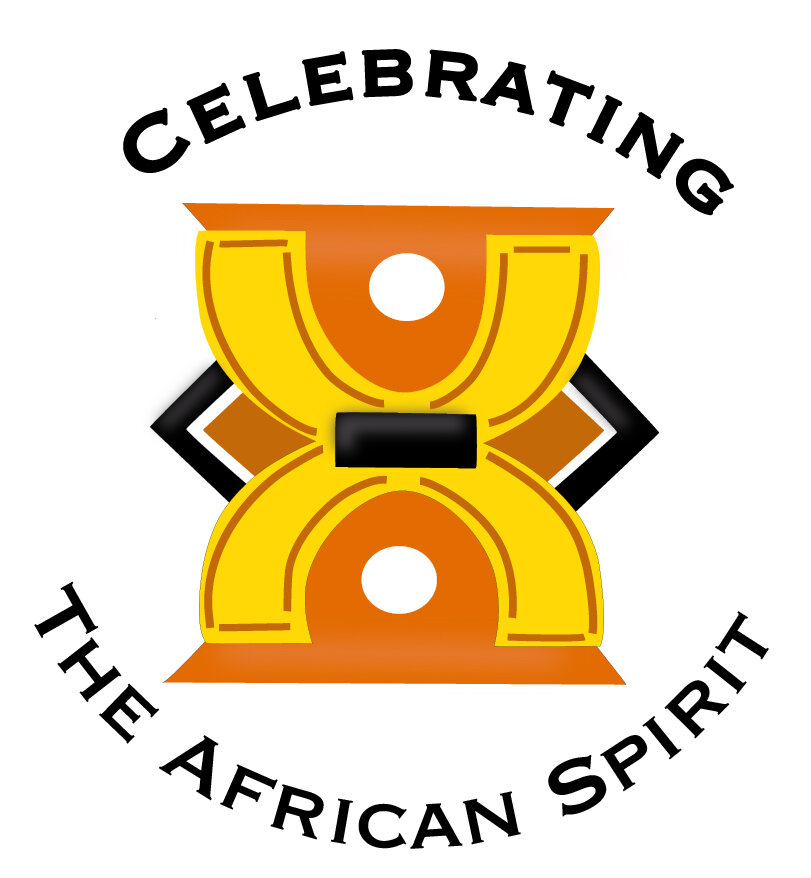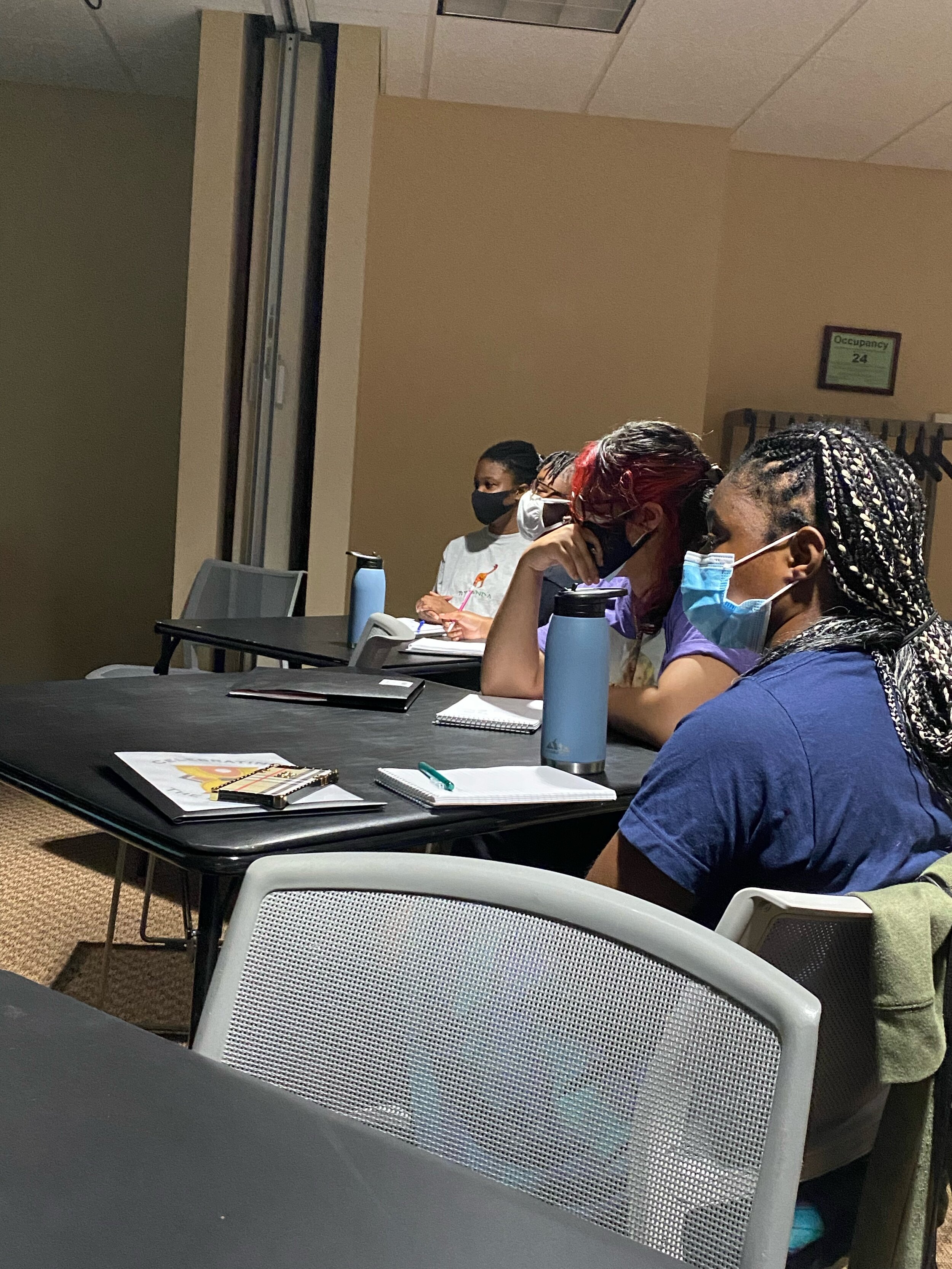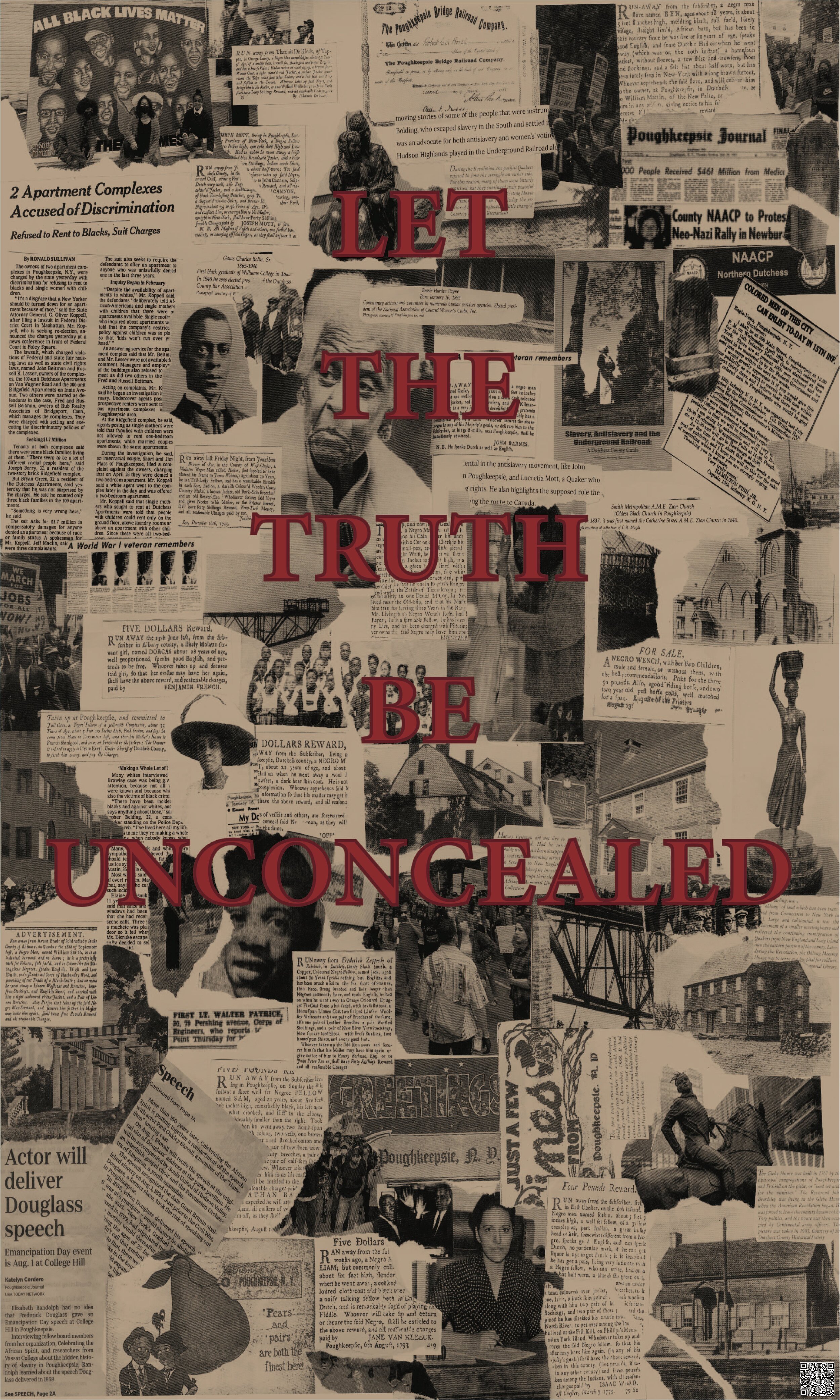2021 Youth “Hidden Histories” Summer Program
Celebrating the African Spirit (CAS) recognizes the importance of educating others about Poughkeepsie’s history of enslaved Africans and their descendants. We chose to pilot a two week program to teach Poughkeepsie High School Students about these stories, and the voices that have gone unheard in our community.
This program was built for students of the diverse Poughkeepsie community to learn more about where they come from. By the end of this program, participants became grounded in historical research and worked with local historians, graphic designers & printers to develop visual memorials - posters. At the end of the summer sessions, the posters were displayed in downtown Poughkeepsie with a celebratory reception to show their work.
Students met in a few community locations, including the historical Clinton House in downtown Poughkeepsie.
This two-week program consisted of:
Presentations by The Dutchess County Historical Society, The Mid-Hudson Anti-Slavery Project, DNAWorks of Fort Worth, TX, MASS Design, Colloqate Design of the New Orleans Paper Monuments Project and other CAS members
Walking tour of Poughkeepsie from slowPOK members Susan Grove, Kafui Attoh, and Muriel Horowitz
Frances Lehman Loeb Art Center Tour of the Hudson Valley History Reimagined Exhibit as well as a drawing/education workshop
Workshops focusing on art-making, collaging, design, and graphic design concepts using Adobe Illustrator for students to design and create their poster memorials
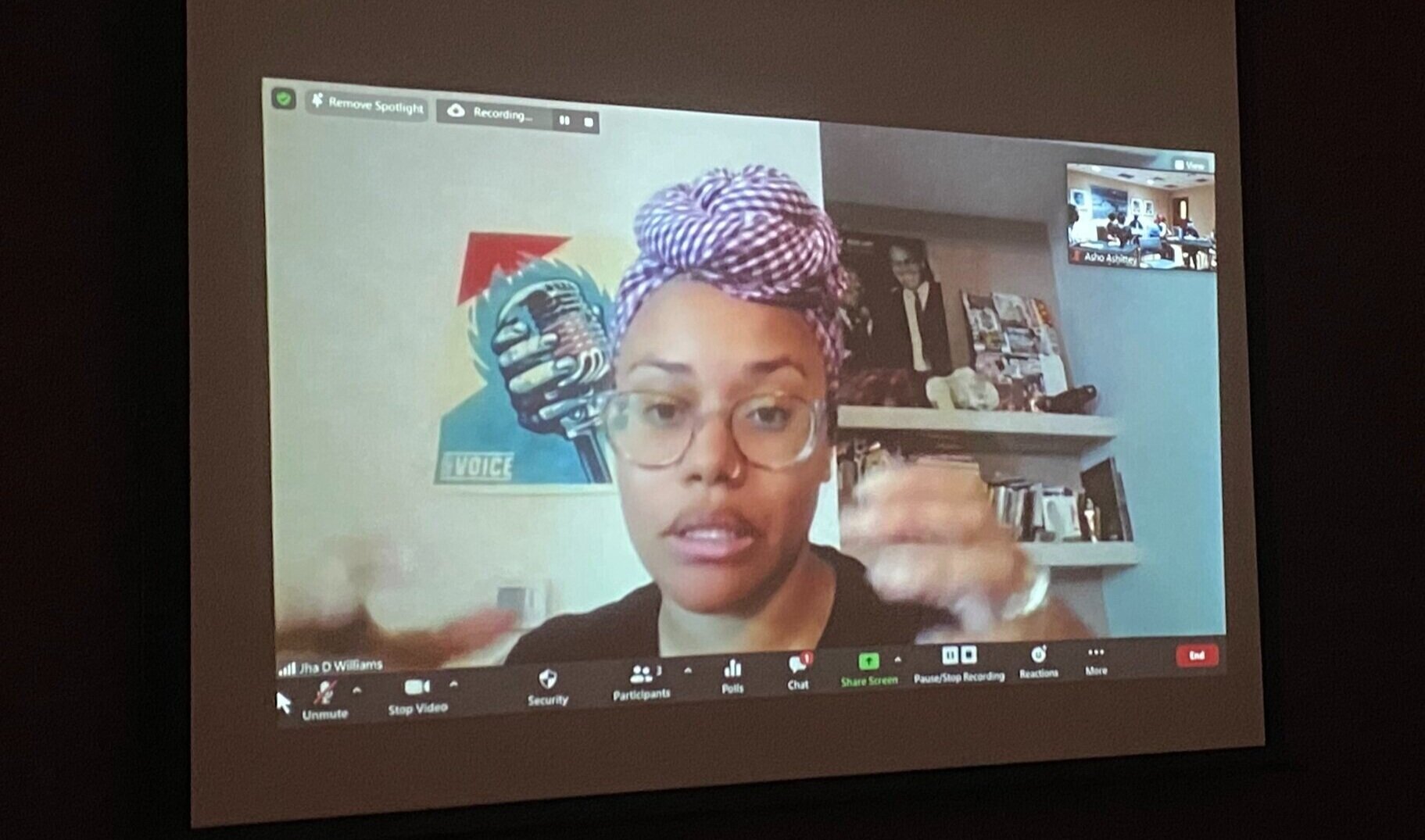
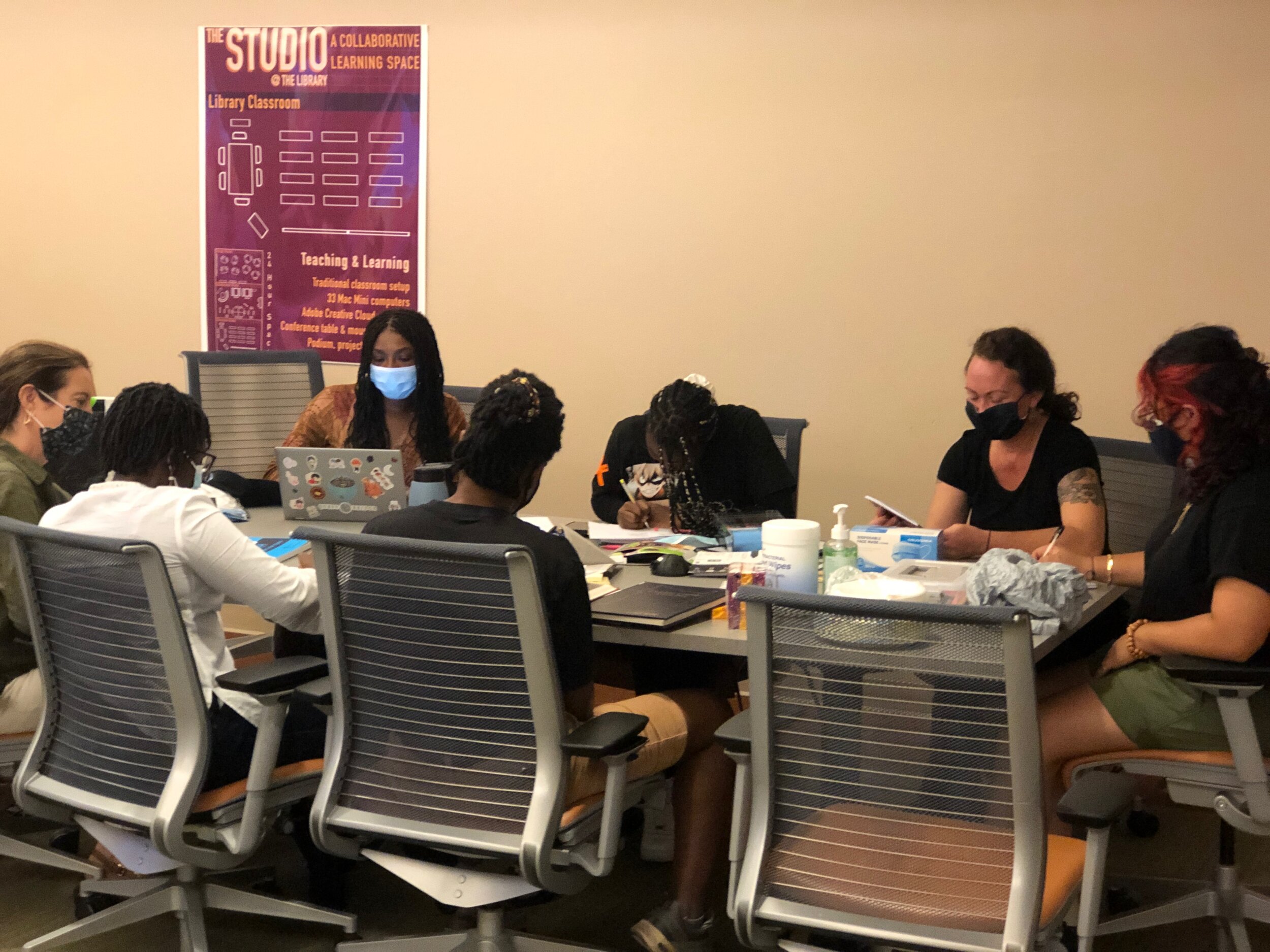
Participants used their learned knowledge of different art making techniques to create artwork about local Poughkeepsie history regarding enslaved Africans and their descendants. Participants had access to digital art making tools, as well as physical materials for hands-on art making. Their final works were then displayed at our Frederick Douglass 1858 Speech Commemoration, for an audience of a couple hundred people to see and learn from.
Participant posters:
Hawi Opondo
"I was deeply inspired to address the erasure of Indigenous communities as well as the selective display of the artwork of artists of colour. During the first week of CAS, we watched a video by PKGo meant to increase Poughkeepsie's tourism sector. There were displays of suburbs, restaurants , but there was only one image relating to the city of Poughkeepsie which was one of its many murals. This made me ask the question " who's Poughkeepsie is it?" The confrontational nature of the question instantly brought the image of Uncle Sam's pointing finger. I played on that image and turned it to reflect Poughkeepsie's diverse population. I used the colours red, green and black to represent the African American flag, followed by black, yellow and red which are the colours of the Mohican and Lenape tribe flags whose land we are currently on."
Akayla Worme
“I created this poster because I wanted it to represent the hidden histories of Poughkeepsie. I was heavily inspired by all the historical landmarks in Poughkeepsie that were intertwined with the enslavement of African-Americans. I also wanted to input some Modern elements that showed the connection between the past and the present; Oftentimes we think the trauma that black people face as a whole is so far behind us when in fact, it can be found all around us in our community. I wanted my poster to emphasize why the people of Poughkeepsie should be more aware of the history of our city and what it truly looks like instead of the whitewashed narrative we are fed.”
Mary Haddad
“My goal was to depict people of African descent and their individual narratives from Poughkeepsie that are not well known in order to educate and even inspire pride in the city and its history. Uriah Boston, a free Black man, activist, and barber in the City of Poughkeepsie in the late 1800s, was very involved in the community and a public advocate for the abolition of slavery. One of his most notable experiences was his relations with Frederick Douglass. As a barber, Boston was taken aback when an article titled "Make your Sons Mechanics and Farmers - not Waiters, Porters, and Barbers" was published in Frederick Douglass' Paper. This triggered a discourse between the two that eventually led to a face-to-face encounter when Douglass came to Poughkeepsie to present his "Emancipation Day" speech before about 4,000 people on August 2, 1858, at College Hill. I enjoyed how Boston went about his third letter, finally published, in a rebuttal to this article published on April 22, 1853; his wittiness and intelligence displayed wonderfully in his response as well as depicting Douglass' overlook of the importance of working-class jobs. This letter surrounds Uriah's blurry, black-and-white portrait creating a mysterious and intriguing composition compelling the viewer to read every word.
Sadia Rashid
“My thought process while sketching out and planning ideas for the poster was to speak on the voices of change in Poughkeepsie and emphasizing the importance of listening to community voices. I thought it was important to incorporate Poughkeepsie architecture that often goes overlooked as well as a young black personality as a bridge between the past and the future. I am looking to combine the future voices of Poughkeepsie along with physical structures that carry hidden histories. In delving into stories of enslaved Africans in Poughkeepsie I thought that people in the community can put a new historical significance to buildings they may see everyday. I wanted to highlight how change starts within the community and that support comes from interacting and engaging with community members.”

